Navigating the Tree Removal Process: What to Expect
Trees are a magnificent part of our natural landscape, offering beauty, shade, and a habitat for wildlife. However, there are times when removing a tree becomes necessary, whether for safety reasons, to prevent property damage, or to enhance the aesthetic appeal of your landscape. But when the decision to remove a tree is made, a critical question arises: How much does it cost to take a tree down?
The cost of tree removal varies widely and is influenced by several factors. It’s not just about chopping down a tree and hauling it away. Several complexities need to be considered, from the size and species of the tree to its location and the condition it’s in. In this article, we’ll delve into the various factors that influence tree removal costs, helping you understand what to expect when you decide to remove a tree from your property.
Factors Influencing Tree Removal Costs
When considering the removal of a tree, it’s essential to understand that no two tree removal jobs are the same. The cost is influenced by a variety of factors, each playing a significant role in determining the final price. Here’s a closer look at these factors.
Size of the Tree: One of the most significant determinants of the cost of tree removal is the size of the tree. Generally, the larger the tree, the higher the cost. This is because large trees require more time, labor, and equipment to remove safely.
- Height: Taller trees often pose more risks and challenges, necessitating specialized equipment like cranes or cherry pickers. The height of a tree directly impacts the safety measures and techniques used during removal.
- Trunk Diameter: The thickness of the tree’s trunk also influences the cost. A thicker trunk means more wood to cut through and dispose of, which can increase labor and time.
Tree Species: Different tree species have unique characteristics that can affect the difficulty and cost of removal. For instance, hardwood trees like oaks are denser and heavier, making them more challenging (and costly) to remove compared to softer woods like pines.
- Wood Hardness: Hardwoods require more effort to cut through, whereas softer woods are easier and quicker to remove.
- Growth Patterns: Trees with complex branch patterns or deep root systems may require more intricate removal strategies, influencing the overall cost.
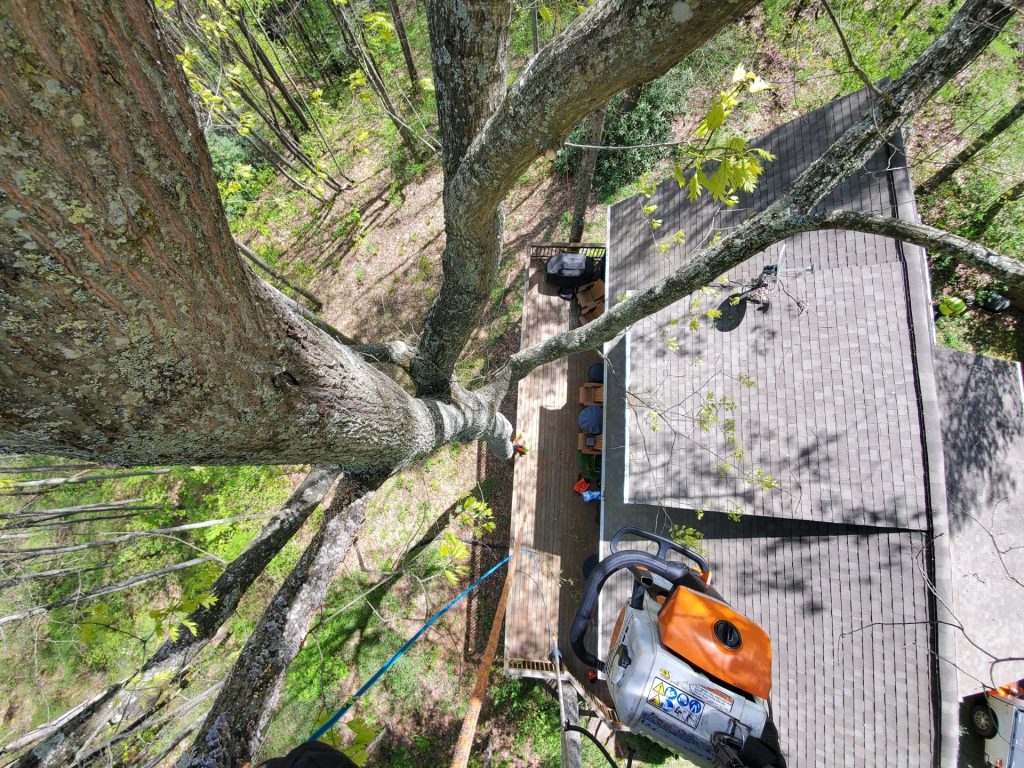
Location and Accessibility: The location of the tree on your property plays a crucial role in determining the removal cost. Trees close to buildings, power lines, or other structures require more careful planning and often more personnel to ensure safe removal.
- Proximity to Hazards: Trees near homes, utility lines, or other structures require careful dismantling, which can be more time-consuming and expensive.
- Accessibility: Easy access to the tree can reduce costs, whereas trees in hard-to-reach areas may require additional equipment or techniques to remove.
Health and Condition of the Tree: Understanding the health and structural condition of a tree is pivotal in determining the approach and cost of its removal. Trees in varying states of health pose different challenges, which can significantly impact the removal process.
- Diseased or Damaged Trees: Trees that are diseased or have sustained damage (due to factors like pests, fungal infections, or weather events) often require a more cautious approach. The structural integrity of such trees may be compromised, making them unpredictable during the removal process. For instance, a tree with rotting wood might require additional support mechanisms to prevent unexpected falling or breaking of branches. This increased risk necessitates specialized expertise and equipment, which can raise the cost.
- Dead Trees: Removing a dead tree is a different scenario. Although it might seem simpler, dead trees are often more unstable and hazardous. They can be brittle and unpredictable, which increases the risk to the arborist and the property. Special techniques and safety precautions are required, contributing to a higher cost.
- Emergency Removal: Trees that become hazardous due to sudden events like storms or lightning strikes often require emergency removal. This service is typically more expensive due to the need for immediate response, increased risk, and potentially after-hours work. The urgency and danger involved in such situations demand a premium for the service.
- Tree Stability and Surroundings: The stability of a tree and its surrounding environment also play a role in determining the cost. Trees leaning towards structures, overhanging on power lines, or located in densely populated areas need strategic planning and precision in removal to avoid damage to property or infrastructure.
- Environmental Considerations: In some cases, environmental factors must be considered, especially if the tree is home to wildlife or nests. Proper assessment and measures might need to be taken to relocate wildlife, which can add to the time and cost of the removal process.
Additional Factors that Affect Cost
Required Equipment and Labor: The equipment and manpower needed for tree removal are major cost components.
- Equipment: Basic tree removal might only require chainsaws and safety gear, but larger or more complex jobs might need cranes, wood chippers, or stump grinders. The use of specialized equipment increases the overall cost.
- Labor: The number of workers needed depends on the tree’s size, location, and complexity of the job. More complex removals require a larger crew, which contributes to higher labor costs.
Permits and Regulations: Local laws and regulations can also influence the cost of tree removal.
- Permits: Many municipalities require permits for tree removal, especially for large or heritage trees. The cost and process for obtaining these permits vary by location and can add to the overall expense.
- Regulations Compliance: Adhering to local environmental and safety regulations may involve additional steps or precautions during the removal process, potentially increasing costs.
Understanding these factors helps in getting a more comprehensive view of what goes into the pricing of tree removal services. Each factor, from the tree’s health to the necessary equipment, plays a crucial role in determining the final cost. In the next section, we’ll provide a general cost range for tree removal services and discuss additional services that might be required post-removal.
Average Cost Range for Tree Removal: While specific costs can vary greatly based on the factors previously discussed, it’s helpful to have a general idea of the cost range for tree removal services. On average, homeowners can expect to pay anywhere from $200 to over $2,000. Here’s a breakdown:
- Small Trees (up to 30 feet tall): Approximately $200 to $500.
- Medium Trees (30 to 60 feet tall): Typically range from $500 to $1,000.
- Large Trees (over 60 feet tall): Costs can start at $1,000 and go upwards, potentially exceeding $2,000 for very large and complex removals.
It’s important to note that these figures are estimates and the actual cost can vary based on the individual circumstances of each tree removal job.
Tree Removal Costs: Your Questions Answered
Tree removal costs can vary significantly based on a multitude of factors. Understanding these factors can help you better prepare for the financial aspect of this important service. It’s always recommended to consult with a professional arborist to get an accurate quote tailored to your specific situation.
Brown’s Arbor Care is committed to providing transparent, efficient, and safe tree removal services. Contact us for a detailed assessment and quote for your tree removal needs, ensuring you receive professional and reliable service every step of the way.
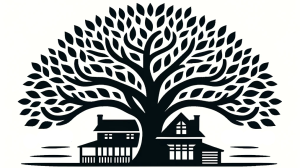
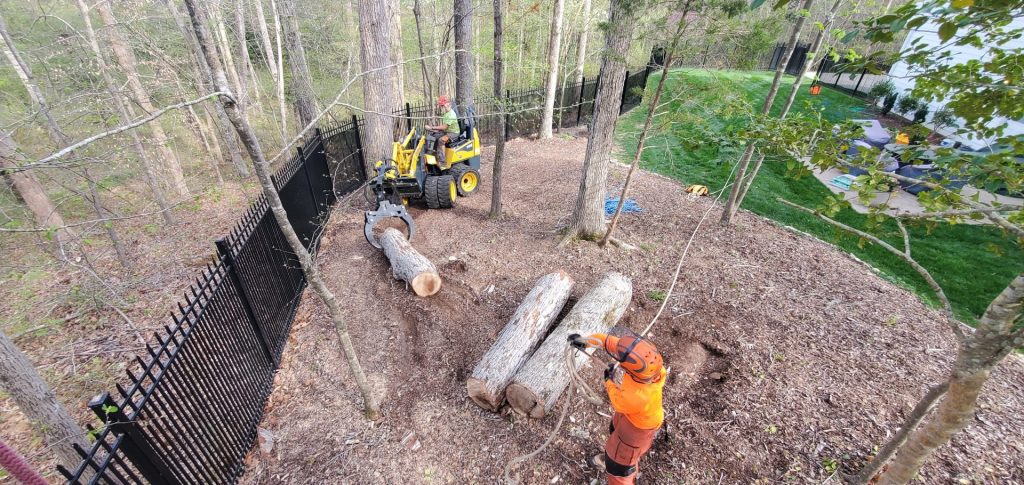
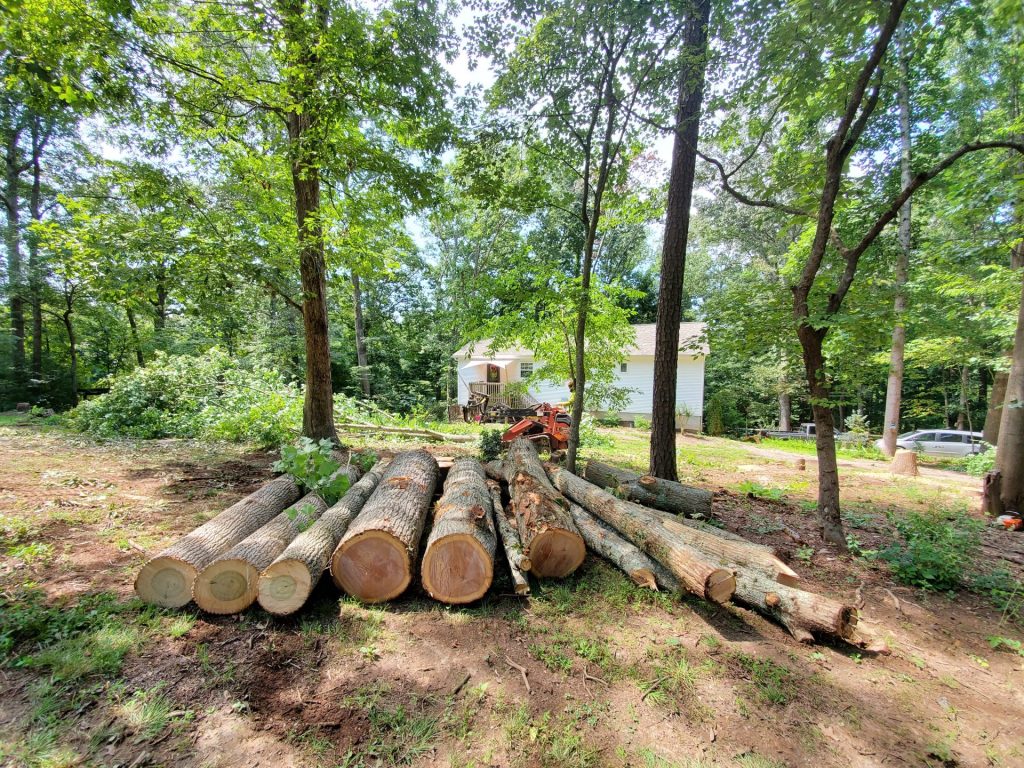
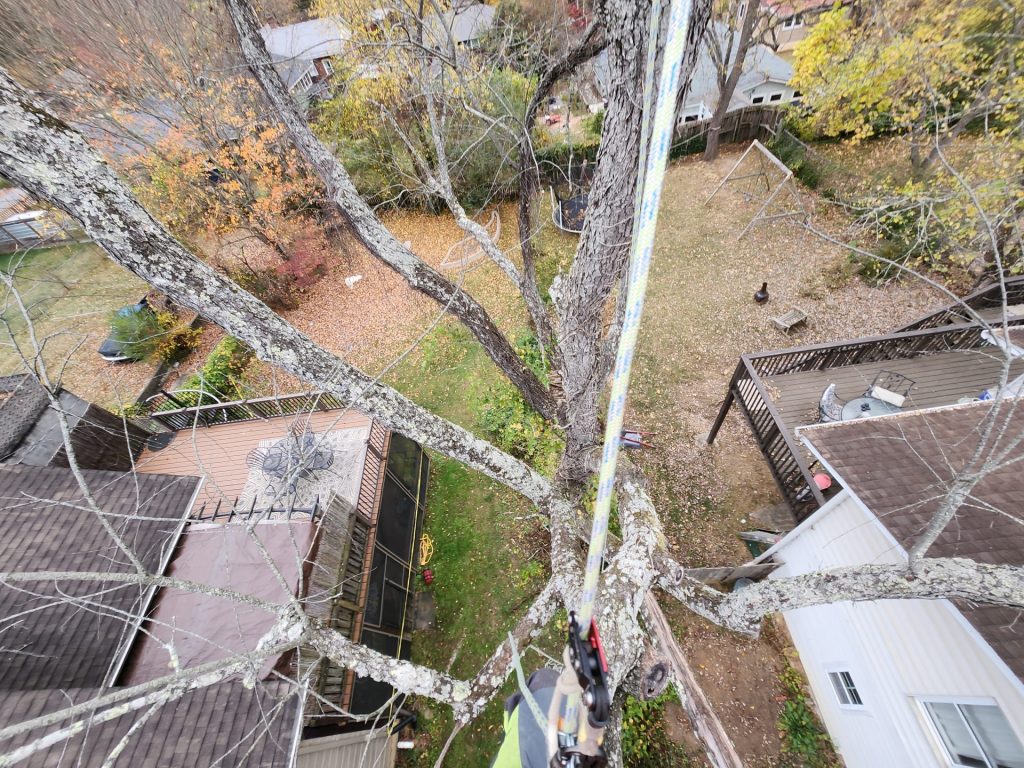

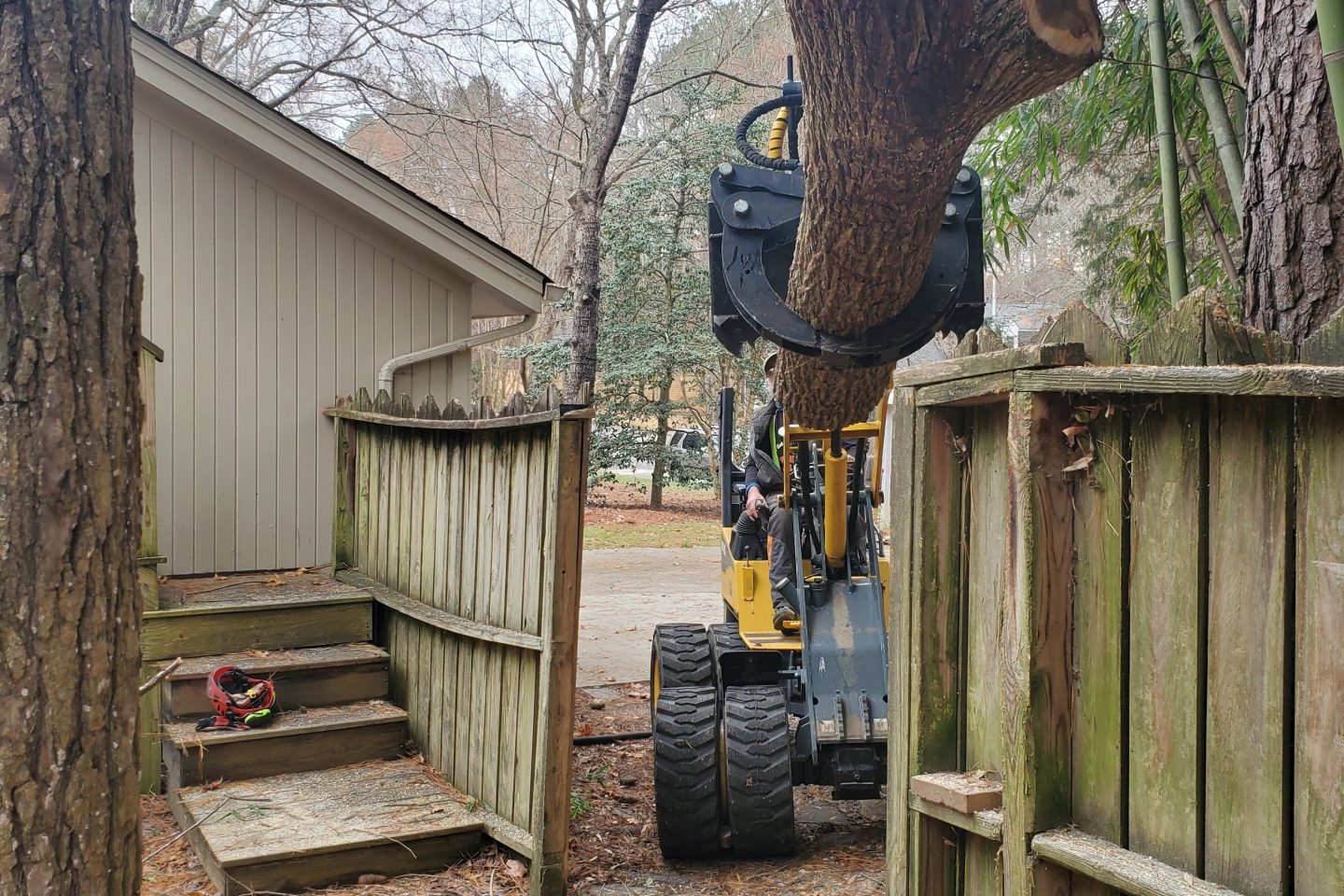

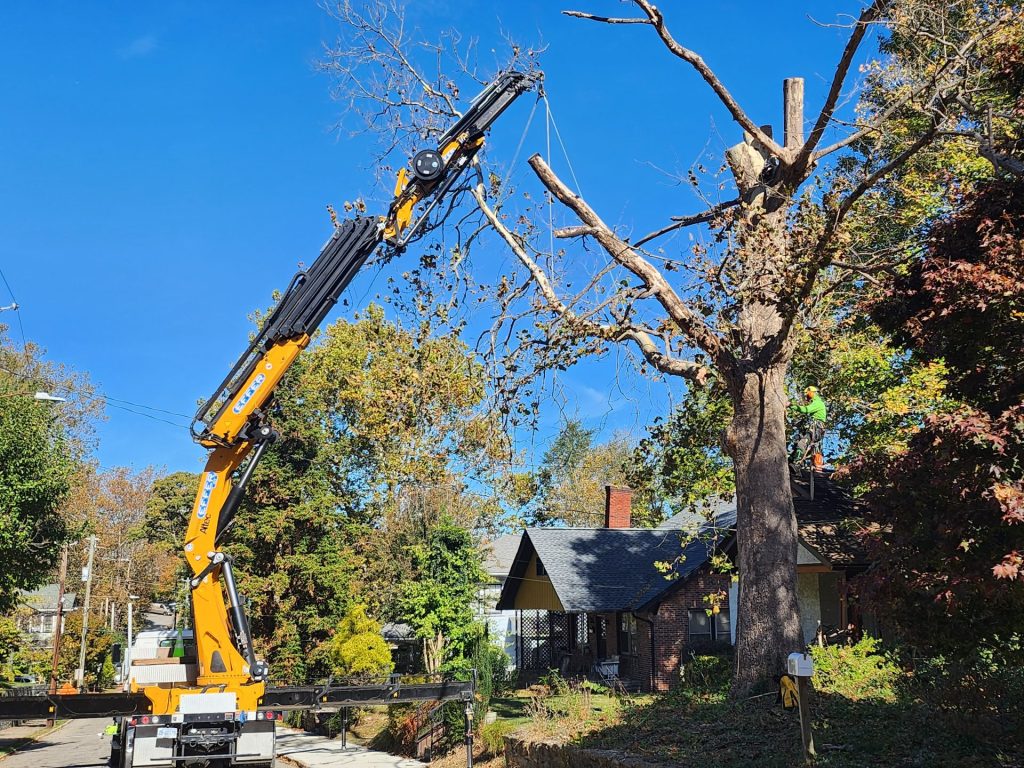

I find it convenient that you could hire professionals to remove trees from your living space by using their tools. I have a colleague who wants to try owning a new home that comes with a mini forest setup. I should talk to him about finding a company that offers removal services for his needs by then!